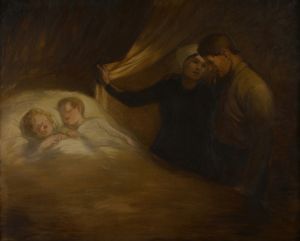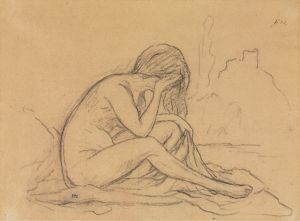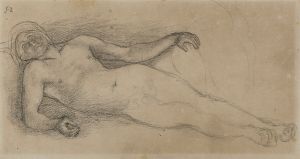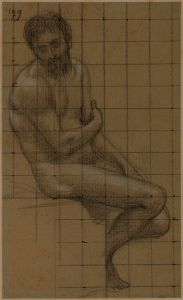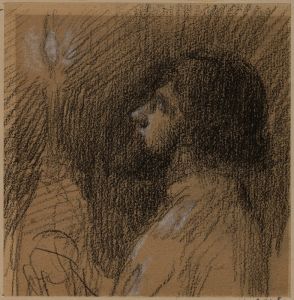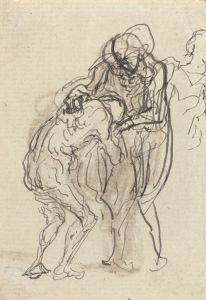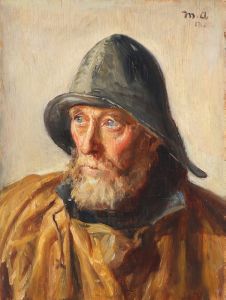
The Poor Fisherman
A hand-painted replica of Pierre Puvis de Chavannes’s masterpiece The Poor Fisherman, meticulously crafted by professional artists to capture the true essence of the original. Each piece is created with museum-quality canvas and rare mineral pigments, carefully painted by experienced artists with delicate brushstrokes and rich, layered colors to perfectly recreate the texture of the original artwork. Unlike machine-printed reproductions, this hand-painted version brings the painting to life, infused with the artist’s emotions and skill in every stroke. Whether for personal collection or home decoration, it instantly elevates the artistic atmosphere of any space.
"The Poor Fisherman" is a notable painting by the French artist Pierre Puvis de Chavannes, completed in 1881. Puvis de Chavannes was a prominent figure in the 19th-century French art scene, known for his unique style that combined elements of classical and modern art. His work often focused on themes of simplicity, serenity, and timelessness, which are evident in "The Poor Fisherman."
The painting depicts a solitary fisherman sitting on the bank of a river, accompanied by two children. The scene is characterized by its muted color palette and tranquil atmosphere, typical of Puvis de Chavannes' work. The fisherman, dressed in simple clothing, gazes into the water, seemingly lost in thought. The children, one standing and the other sitting, are positioned nearby, adding to the narrative of familial connection and shared hardship.
Puvis de Chavannes' style in "The Poor Fisherman" is marked by its flat, matte surfaces and lack of detailed textures, which contribute to the painting's dreamlike quality. This approach was somewhat unconventional at the time, as it diverged from the highly detailed and polished techniques favored by many of his contemporaries. Instead, Puvis de Chavannes focused on creating a sense of harmony and balance within the composition, using broad areas of color and simplified forms.
The painting is often interpreted as a meditation on poverty and the human condition. The fisherman's expression and posture suggest a sense of resignation or contemplation, while the presence of the children introduces themes of responsibility and care. The sparse landscape, with its open sky and calm water, reinforces the mood of quiet introspection.
"The Poor Fisherman" was exhibited at the Salon of 1881, where it received mixed reviews. Some critics praised its poetic and symbolic qualities, while others were less enthusiastic about its departure from traditional techniques. Despite this, the painting has come to be regarded as one of Puvis de Chavannes' significant works, reflecting his influence on the Symbolist movement and his role in the transition from academic art to modernism.
Today, "The Poor Fisherman" is housed in the Musée d'Orsay in Paris, where it continues to be appreciated for its artistic and historical significance. Puvis de Chavannes' ability to convey profound themes through simplicity and restraint has earned him a lasting place in the history of art, and "The Poor Fisherman" remains a testament to his unique vision and skill.






